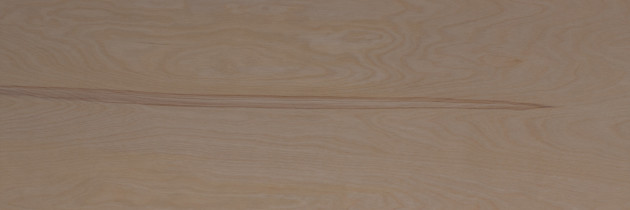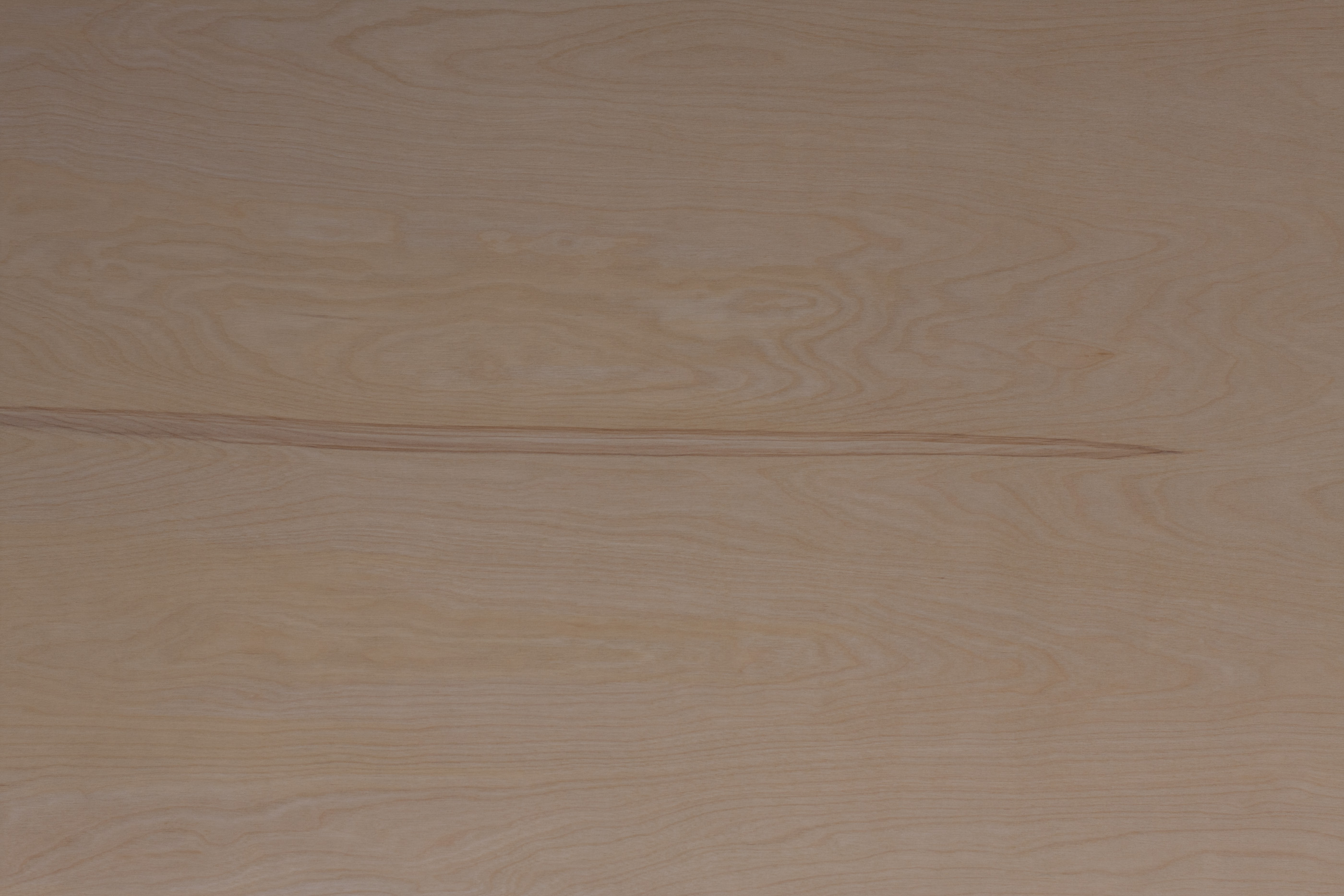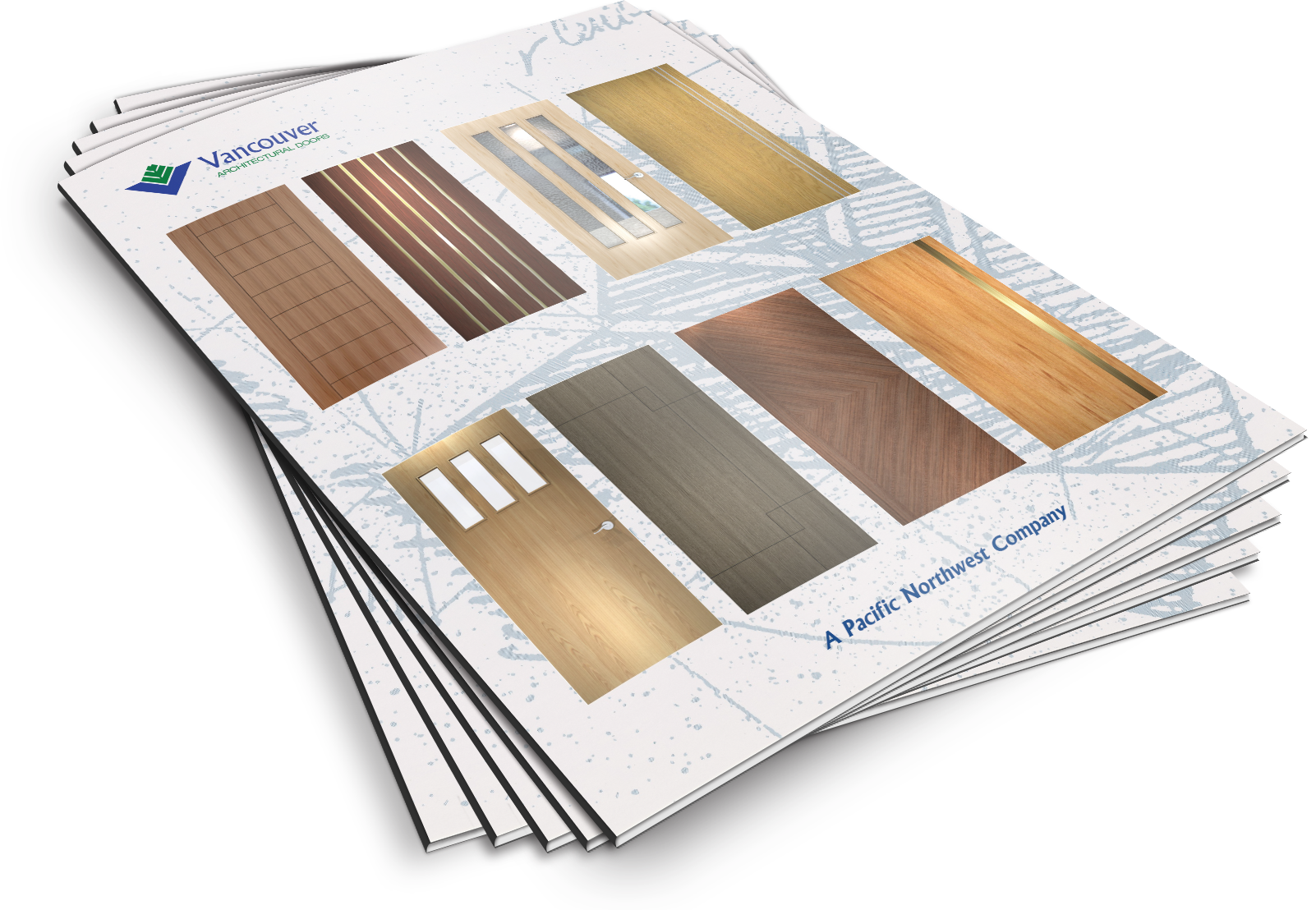Veneer Stains
Some Information About Veneer Stains
Color variations in wood occur because of more than one reason and the exact cause may be difficult to discern. The color differences that sometimes occur even in the sapwood or the heartwood may be due to climactic effects such as extreme heat or cold, periods of drought, or winter storms. Another reason is seen to be the log preparation that may be instrumental in affecting the extractives which accumulate in the wood leading to differences in color. Whatever be the cause, the fact remains that some of these color differences are very mild and not noticeable, whereas some others appear sharp and contrasting.
The color variations are referred to by different names. A mineral stain refers to the discolorations that are greenish black and found in hardwood such as maple. A mineral streak is blue black to greenish gray in color and is sometimes found on the veneer’s front or rear surfaces. The streak has borders that may be either sharp or blurred and fade into the wood that surrounds the stain. A mineral streak may be so small that it is hardly noticeable or may be several feet long and many inches wide. They may occur only as a single streak or appear as clusters. Streaks may be restricted to only specific parts of the log. A veneer knife cuts only a thin slice of the wood and a mineral streak may therefore appear on many sliced surfaces.
There is no clear explanation as to a why a mineral streak occurs in wood. It is thought to occur because the minerals or chemicals or both that are present in the water make an entry into the tree at a point where the trunk is injured and move up due to capillary action. Along the way, these chemicals may react with the cellular extracts in the tree to form the mineral streaks. Another reason for the formation of the streaks is purportedly the result of fungal attacks or infestation by insects.
The occurrence of mineral streak in wood is seen to be a natural occurrence no matter why they occur. The point is that mineral streaks cannot be removed and it is not favored to have them. The ANSI HP-1-2000 standard for hardwood and decorative plywood, however, defines a limit for the amount of mineral streaks that are allowed to be present for a specified veneer grade.
Akin to the darkening of the apple once it has been cut open, discoloration of wood can be caused by oxidation. Though it is more commonly seen on the face ends or back, it can occur at any place on the veneer surface. Generally, oxidation starts when moisture penetrates the ends of the wood. The moisture then creeps in by capillary action. The oxygen in the moisture causes enzymatic reactions that may cause certain areas to darken. Even dry and finished surfaces may develop stains because of oxidation. This may be because certain extractives on the surface of the wood react with oxygen in the surrounding atmosphere. UV light is known to hasten oxidation. Oxidation stains may occur as well-defined shapes or may sport a stringy look and they assume different colors ranging from black to yellow and any shade in between including light green. The coloring of the stain is dependent on the cause of the stain and the species of wood that is affected.
Oxidation stains in hardwood veneers can be controlled by limiting the humidity levels in areas where the wood is stored. Stacked pre-fabricated furniture and panels are observed to develop dark oxidation stains when they are left uncovered in humid storage areas. Wooden furniture that is being used is also subject to oxidation. It is not uncommon to see light colored furniture darken and darker colored wood lighten in shade with the passage of time.
Stains caused by fungal or bacterial actions are darkly colored and appear in shades of brown or black. These stains appear when bacteria form colonies on the surface to feed on the starches present in the wood. Fungal stains are a result of the action of mold. These stains are superficial and can be removed by using sandpaper on the surfaces. These types of stains occur when there is extended exposure to moisture laden air or acute water exposure that may have occurred after drying of wood or before the processing of wood.
Wood exposed to chemicals during the veneering phase or when the wood tightly bound to the woodworking equipment can cause chemical stains to appear. These are surface stains. Extractives of the wooden surface react with iron to form ferrous oxide; moisture from the wood can also cause stains when it reacts with the processing equipment. Chemical stains bear shades of blue and black, gray and brown. They are surface stains that can be either neutralized using other chemicals or removed with sandpaper.
Stains and ‘tracks’ caused by invading insects and larvae are primarily of two types, those that are made in the living tissues and those made in the dead wood tissues. Those tracks in the cambium are colored light brown because they are temporarily closed by the scarred tissues created by the larvae that bore tunnels in the tissues. The solid wood that emerges out of the cambium completely encloses the scarred tissue. When larvae move from one growth ring to another, they become discolored due to penetration of moisture unlike those tunnels that run in the cambium only. The moisture penetration leads to the darkening of wood that lies close to the tunnel. Such faults and the above-mentioned discoloration are commonly observed in Ambrosia maple wood.
Grain is a term that is commonly used as well as misused with relation to wood. Grain refers to the pattern that is created when cutting the growth rings with the cutting tool. Grain sometimes refers to specific characteristics that appear because of the type of cut that is used or the texture of the surface. Whatever the term ‘grain’ is intended to mean, it varies according to the many conditions under which the tree was grown. Trees that grow in open spaces retain a higher number of lower limbs as well as larger ones that may distort the formation of grain. This is not the case in those trees that grow among many others in a thick forest. Stems are distorted in those trees whose branches seek sunlight when growing on slopes. When the tree has a higher number of growth rings at the butt end than the crown end, to the discerning woodworker it means that grain appearance will vary sharply at the two ends of the veneer.
Veneer’s acceptability is decided on the basis of many other natural characteristics that assume different forms on its surface in addition to color and grain.




